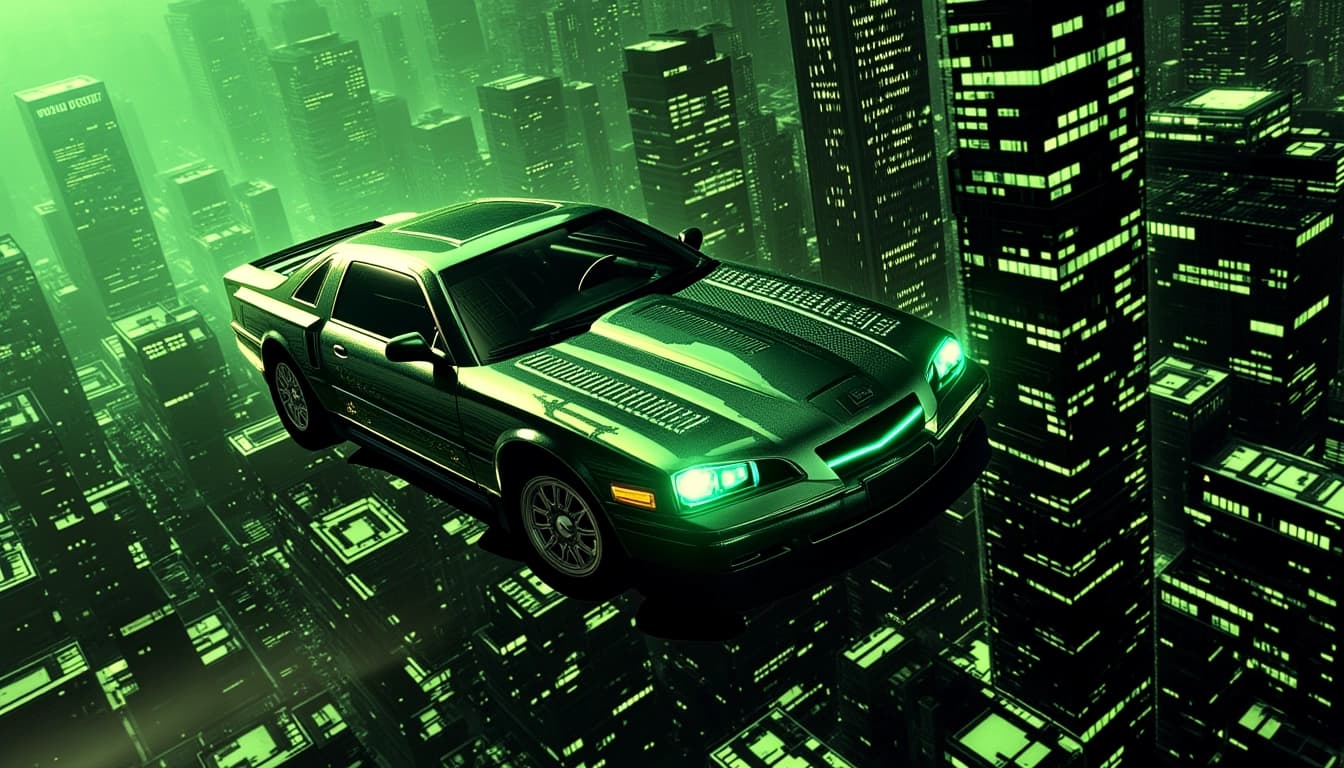
NVIDIA Sana: High-Resolution Image Generation from Text
By John Doe 5 min
NVIDIA Sana: High-Resolution Image Generation from Text
NVIDIA Sana is a text-to-image AI model developed by Nvidia, known for its ability to generate high-resolution images quickly and efficiently. It is particularly designed for creating detailed visual content from textual descriptions, making it ideal for various creative and professional applications.
Key Points
Research suggests NVIDIA Sana is designed for generating high-resolution images from text prompts, up to 4096x4096 resolution, with a focus on efficiency and speed.
It seems likely that Sana excels at creating detailed, high-quality images for artistic and realistic content, such as landscapes, portraits, and complex scenes, due to its strong text-image alignment.
The evidence leans toward Sana being suitable for content creation in AI-powered applications, like digital art, game design, and visual storytelling, given its fast generation on consumer hardware.
Capabilities and Efficiency
Sana can produce images at resolutions up to 4096x4096, which is perfect for high-definition needs. It is optimized to run on laptop GPUs, taking less than a second to generate a 1024x1024 image, making it accessible for users without high-end hardware. This efficiency is achieved through innovative techniques like a deep compression autoencoder that reduces image data by 32 times and a linear diffusion transformer for faster processing.
Types of Content
While Sana is versatile, it appears to be especially effective for artistic and realistic images, such as detailed landscapes, character portraits, and complex scenes. Its strong text-image alignment ensures that the generated images closely match the provided prompts, which is crucial for creative fields like digital art, game design, and visual storytelling.
Unexpected Detail: Consumer Accessibility
An interesting aspect is that Sana can be deployed on everyday computers, democratizing high-resolution image generation for hobbyists and professionals alike, which is not commonly seen.
NVIDIA Sana is a cutting-edge text-to-image framework designed for high-resolution image synthesis. It leverages advanced technologies like the Deep Compression Autoencoder and Linear Diffusion Transformer to achieve remarkable efficiency and quality.
Technical Foundations and Efficiency
Sana's architecture includes a Deep Compression Autoencoder (DC-AE) that compresses images 32 times more efficiently than traditional autoencoders. This reduction in latent tokens is critical for handling ultra-high-resolution outputs, such as 4K images, without compromising performance. The model also employs a Linear Diffusion Transformer (DiT), which replaces vanilla attention with linear attention to reduce computational complexity from O(N²) to O(N), making it highly efficient for high-resolution tasks.
Efficiency Enhancements
Further efficiency is achieved through the Flow-DPM-Solver, which minimizes sampling steps, and optimized caption labeling to accelerate convergence. For example, the Sana-0.6B model, with only 0.6 billion parameters, competes with larger models like Flux-12B, offering 20 times smaller size and 100+ times faster throughput. It can generate a 1024x1024 image in under a second on a 16GB laptop GPU.
Content Types and Use Cases
Sana is versatile, capable of generating a wide range of content types, from photorealistic images to artistic creations. Its high-resolution capabilities make it ideal for applications in digital art, advertising, and media production, where quality and detail are paramount.
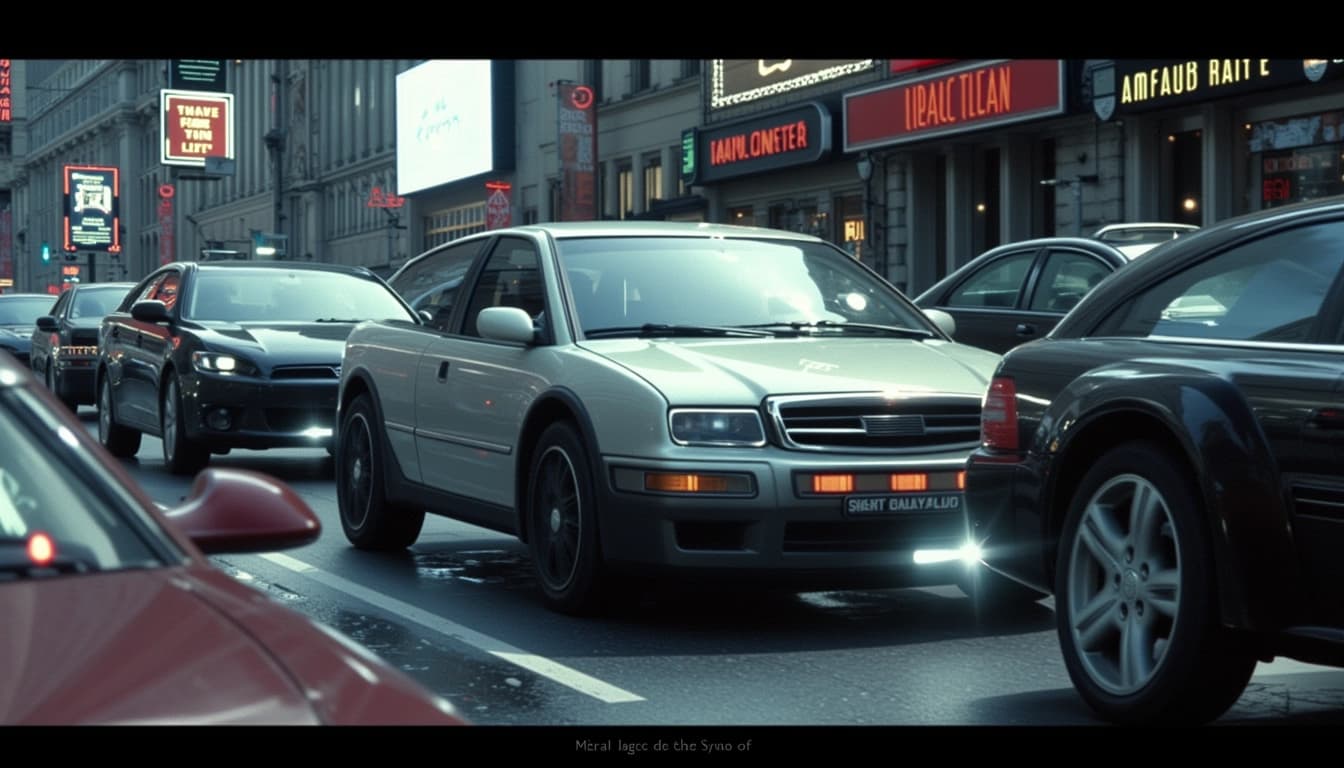
Conclusion & Next Steps
NVIDIA Sana represents a significant leap in text-to-image synthesis, combining efficiency with high-quality output. Its innovative architecture and optimizations make it a powerful tool for creators and developers looking to push the boundaries of digital content generation.
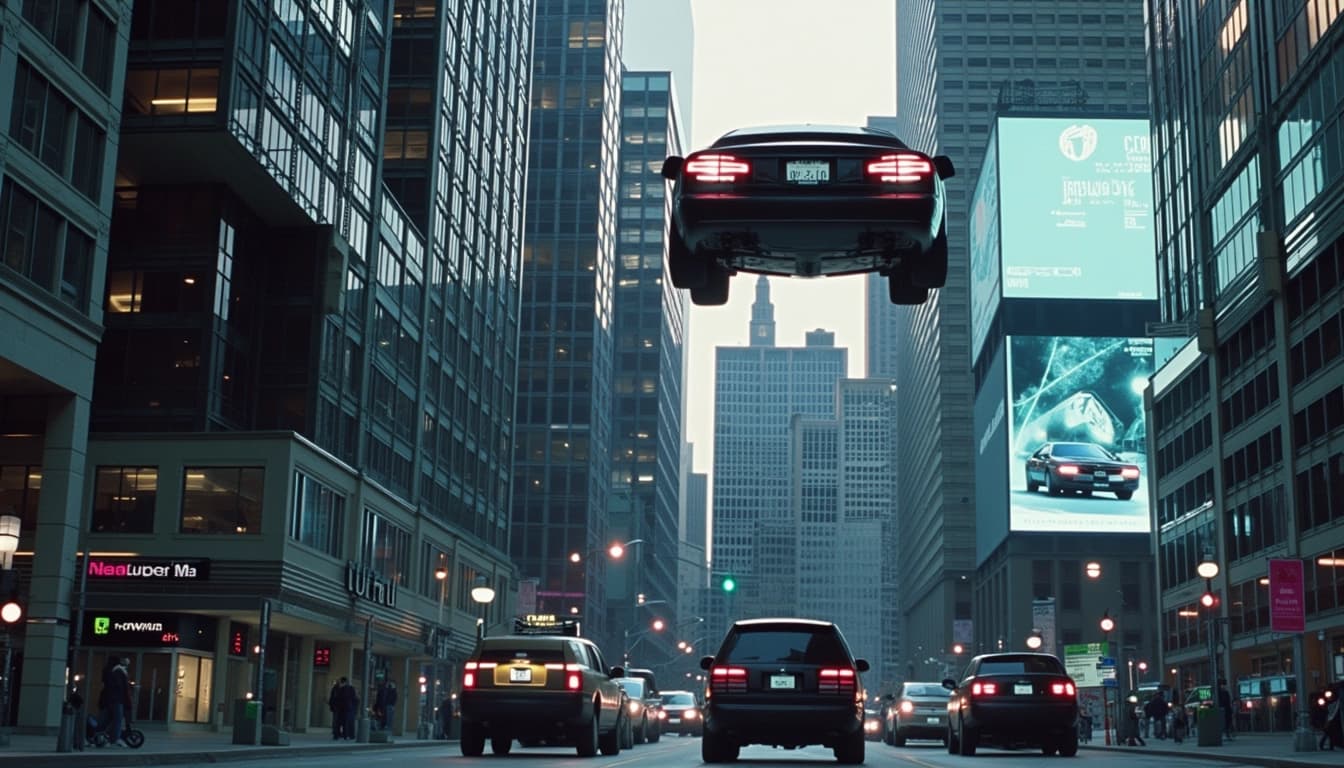
- Deep Compression Autoencoder for efficient high-resolution synthesis
- Linear Diffusion Transformer for reduced computational complexity
- Flow-DPM-Solver for faster sampling
- Gemma-2-2B-IT model for improved text-image alignment
This article explores the fascinating world of digital art and the capabilities of modern AI models like Sana. It delves into how these technologies are revolutionizing creative processes and enabling artists to bring their visions to life with unprecedented ease and precision.
The Power of AI in Digital Art
AI models such as Sana have transformed the landscape of digital art by providing tools that can generate high-quality images from simple text prompts. These models are capable of producing intricate and detailed artworks, ranging from photorealistic portraits to fantastical landscapes, all based on the descriptions provided by the user.
How Sana Enhances Creative Workflows
Sana's ability to generate high-resolution images quickly and efficiently makes it an invaluable tool for artists and designers. Its integration with platforms like ControlNet allows for real-time adjustments and refinements, enabling a more interactive and dynamic creative process. This is particularly useful for professionals who need to iterate rapidly on their designs.
Applications of AI-Generated Art
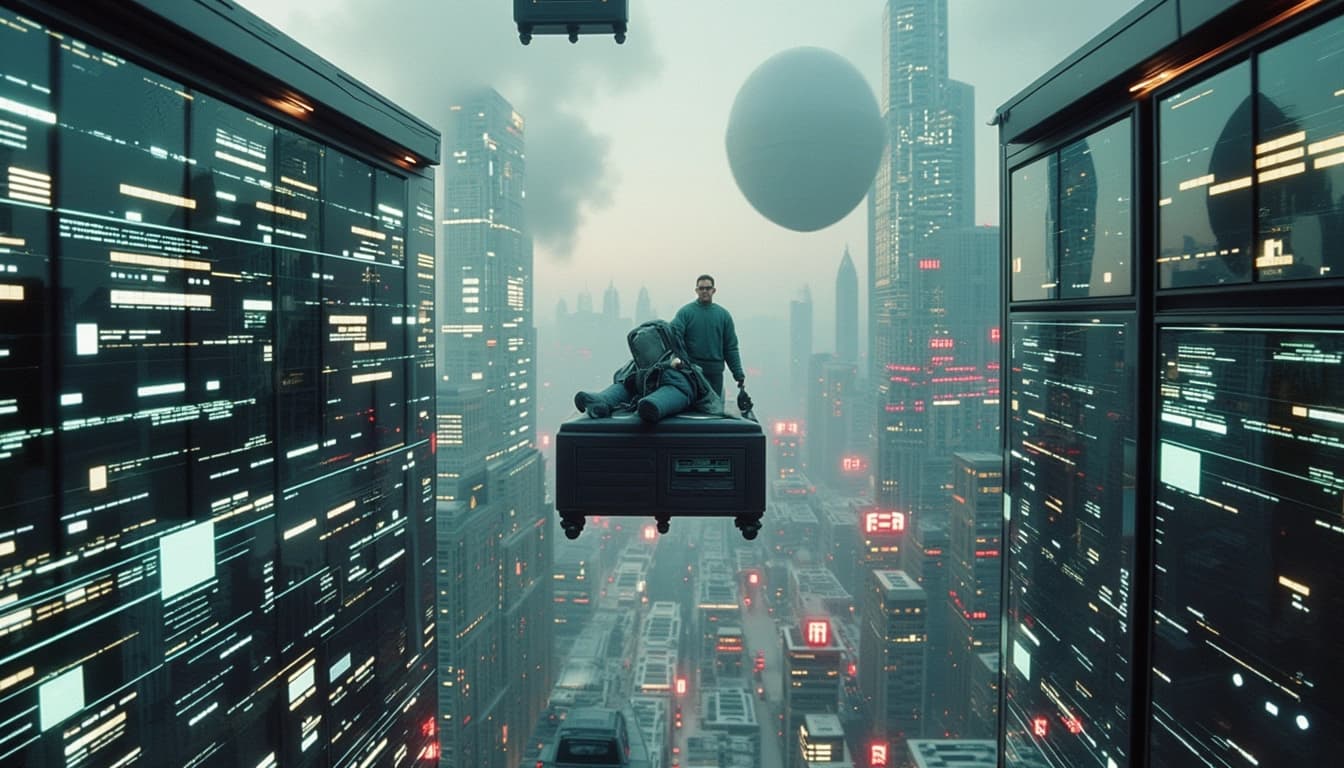
The applications of AI-generated art are vast and varied. From advertising and marketing to game design and film production, these technologies are being used to create visually stunning content that captures the imagination. The ability to generate custom artwork on demand opens up new possibilities for creative expression and commercial use.
Future Prospects of AI in Art
As AI technology continues to evolve, its impact on the art world is expected to grow even further. Future advancements may include more intuitive interfaces, greater customization options, and enhanced collaboration tools, making AI an even more integral part of the creative process.
Conclusion & Next Steps
In conclusion, AI models like Sana are revolutionizing the way we create and interact with digital art. By leveraging these tools, artists and designers can push the boundaries of their creativity and produce work that was previously unimaginable. The future of AI in art is bright, and the possibilities are endless.
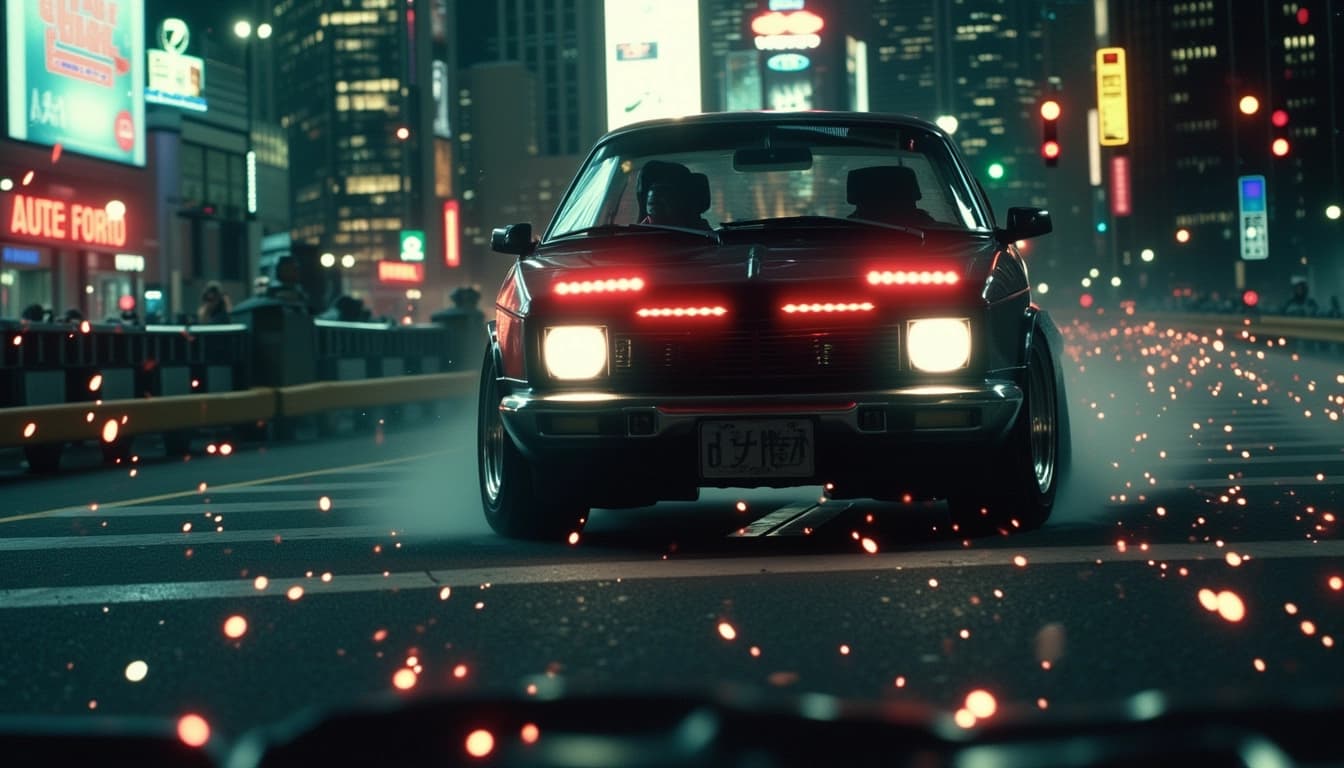
- Explore AI art tools like Sana to enhance your creative projects.
- Experiment with different text prompts to discover the full range of possibilities.
- Stay updated on the latest advancements in AI technology to keep your skills relevant.
Nvidia's Sana is a groundbreaking text-to-image diffusion model designed for high-resolution image generation. It leverages advanced techniques like DC-AE (Diffusion-Conditioned Autoencoder) and a novel architecture to achieve remarkable speed and quality. The model is particularly notable for its ability to generate ultra-high-resolution images up to 4096 × 4096, making it ideal for professional use cases such as detailed landscapes and architectural renders.
Performance and Efficiency
Sana outperforms many existing models in terms of speed and quality. For instance, it can generate 1024 × 1024 images in less than a second on a 16GB laptop GPU, which is 39 times faster than FLUX-dev for the Sana-0.6B model. Additionally, it achieves 5 times faster throughput than PixArt-Σ while maintaining superior performance in benchmarks like FID and Clip Score. This efficiency makes it accessible to a broader audience, including hobbyists and small creators.
Benchmark Results
In benchmark tests, Sana has demonstrated impressive results, such as an FID score of 7.59 for the 1-step Sana-Sprint variant and a GenEval score of 0.74 for 1-step generation. These metrics indicate high-quality outputs that are competitive with other leading models like FLUX-schnell, but with significantly faster processing times.
Versatility and Use Cases
Sana is highly versatile, capable of generating a wide range of content from fantasy scenes to realistic environments. Its ability to produce high-resolution images makes it suitable for professional applications, while its efficiency on consumer hardware opens up opportunities for educational and indie projects. Sample images and demos available on the official website showcase its diverse capabilities.
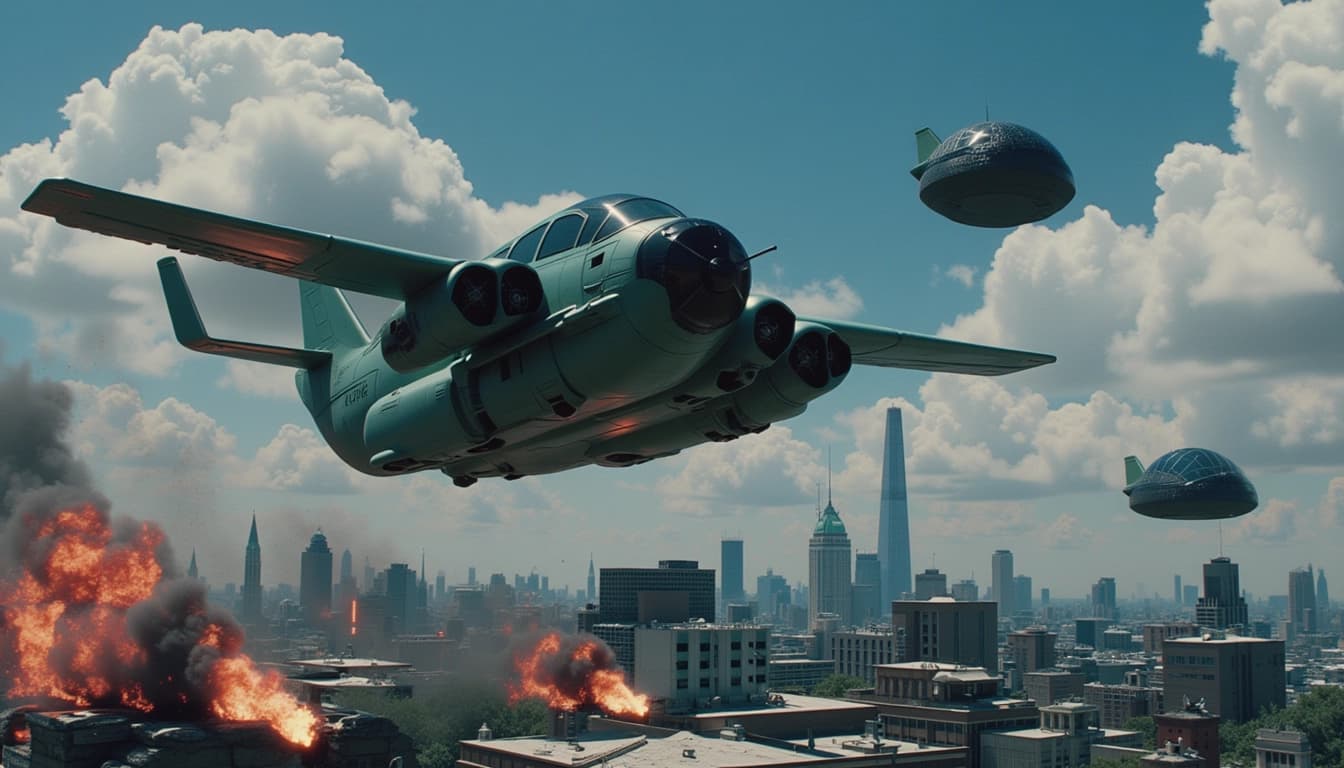
Comparative Analysis
When compared to other text-to-image models like DALL-E, Stable Diffusion, and Midjourney, Sana stands out for its efficiency and accessibility. Unlike models that require high-end GPUs, Sana can be deployed on 16GB laptop GPUs, making it more accessible to a wider audience. This democratization of high-resolution image generation is a significant advancement in the field.
Potential Limitations
While Sana excels in artistic and realistic content generation, its performance may vary depending on the specific use case. The model's training data and design prioritize high-resolution detail and text alignment, which may limit its effectiveness for certain niche applications. Future updates could address these limitations by expanding the training dataset and refining the architecture.
Conclusion & Next Steps
Nvidia's Sana represents a significant leap forward in text-to-image generation, combining high-quality outputs with unprecedented efficiency. Its ability to run on consumer hardware makes it a game-changer for creators of all levels. Future developments could focus on expanding its versatility and addressing any remaining limitations to further enhance its capabilities.
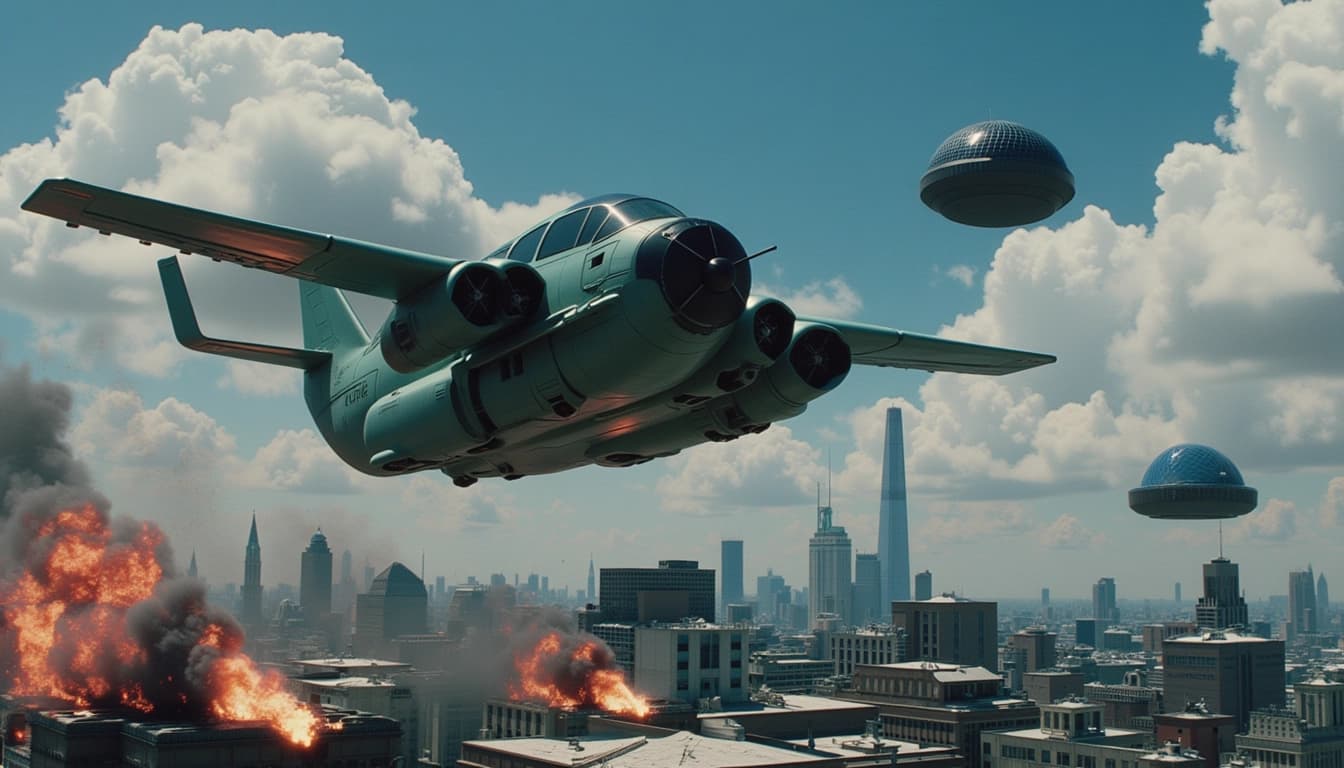
- Generates ultra-high-resolution images up to 4096 × 4096
- 39 times faster than FLUX-dev for Sana-0.6B
- Accessible on 16GB laptop GPUs
NVIDIA Sana is an advanced AI model designed for high-resolution image synthesis, leveraging a Linear Diffusion Transformer architecture. It stands out for its ability to generate detailed and high-quality images efficiently, even on standard hardware. This makes it accessible to a wide range of users, from professionals to hobbyists, who require powerful image generation tools without needing specialized equipment.
Key Features of NVIDIA Sana
One of the standout features of NVIDIA Sana is its efficiency in generating high-resolution images, such as 4K, with minimal computational overhead. The model is built on a diffusion transformer framework, which allows it to handle complex image synthesis tasks with remarkable speed. Additionally, Sana supports interactive image generation, enabling users to refine outputs in real-time, which is particularly useful for creative applications like digital art and game design.
Architecture and Performance
The architecture of NVIDIA Sana is based on a Linear Diffusion Transformer, which optimizes the diffusion process for high-resolution outputs. This design reduces the computational load significantly compared to traditional diffusion models, making it feasible to run on consumer-grade hardware. The model's performance is further enhanced by its ability to scale efficiently, ensuring consistent quality even as image resolution increases.
Applications of NVIDIA Sana
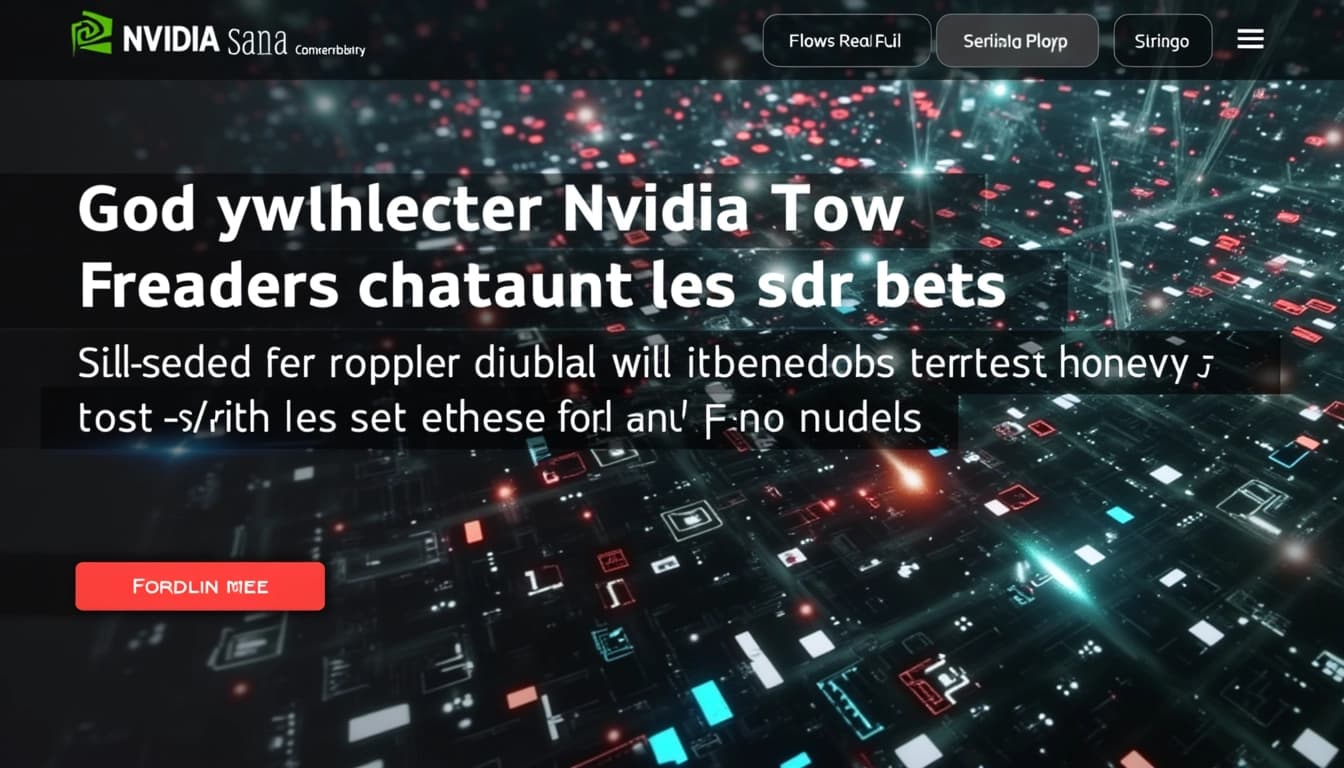
NVIDIA Sana is versatile and can be applied across various domains, including digital art, game development, and multimedia content creation. Its ability to generate realistic and artistic images makes it a valuable tool for designers and artists. Moreover, the model's open-source nature allows for community-driven enhancements, such as LoRA training and Dreambooth, which can tailor the model to specific use cases.
Limitations and Future Developments
While NVIDIA Sana excels in many areas, it may face challenges with highly abstract or niche content without extensive fine-tuning. The model's reliance on diffusion transformers, though efficient, may still require optimization for certain edge cases. However, the open-source community is actively contributing to its development, which promises to expand its capabilities and address current limitations.
Conclusion & Next Steps
NVIDIA Sana represents a significant advancement in AI-driven image synthesis, offering high-resolution outputs with remarkable efficiency. Its accessibility and versatility make it a powerful tool for creators across industries. As the model continues to evolve through community contributions and NVIDIA's ongoing development, it is poised to become an even more indispensable resource for digital content creation.
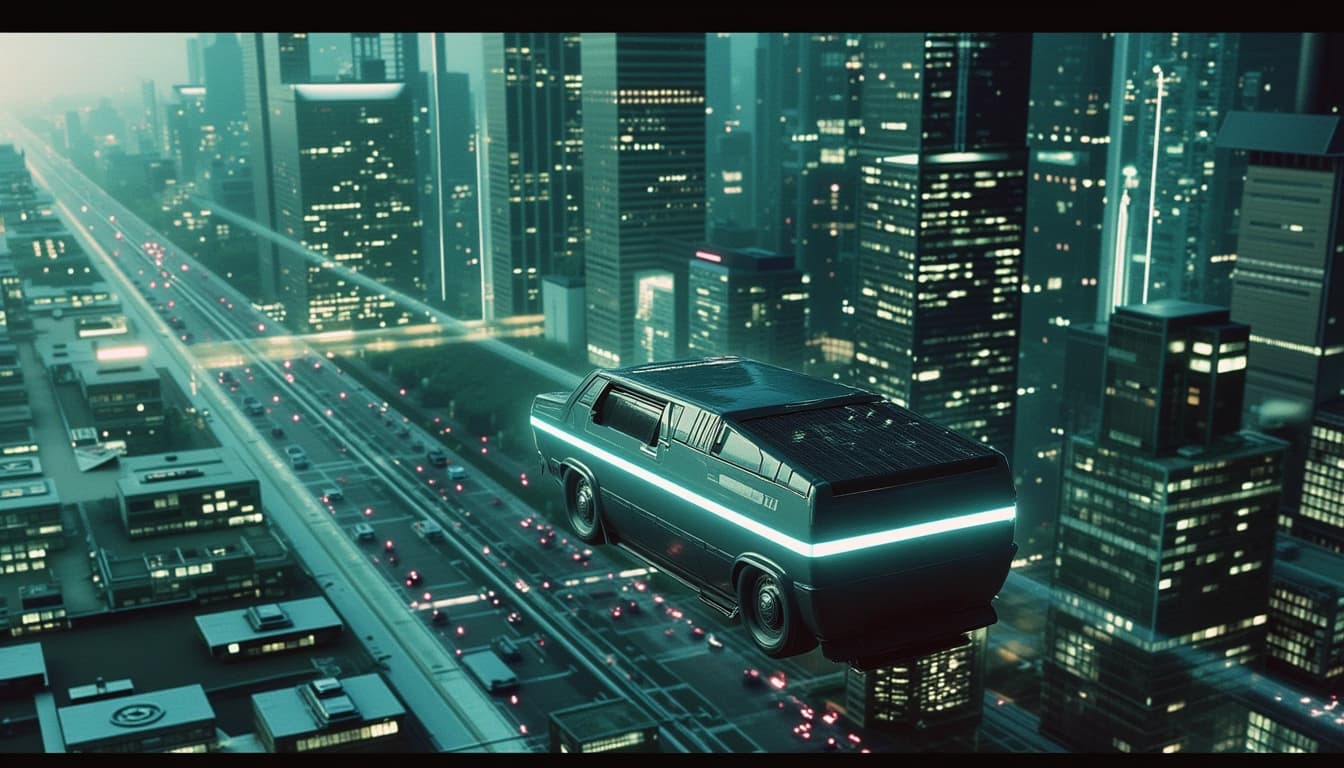
- Efficient high-resolution image generation
- Open-source and community-driven enhancements
- Versatile applications in art, gaming, and design